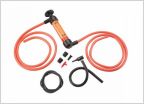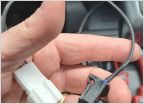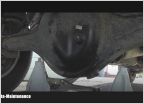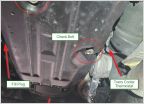-
Welcome to Tundras.com!
You are currently viewing as a guest! To get full-access, you need to register for a FREE account.
As a registered member, you’ll be able to:- Participate in all Tundra discussion topics
- Transfer over your build thread from a different forum to this one
- Communicate privately with other Tundra owners from around the world
- Post your own photos in our Members Gallery
- Access all special features of the site
On the 5.7 , is it recommended to flush the transmission? Any issues after that?
Discussion in '2nd Gen Tundras (2007-2013)' started by Unique Black Beast, May 19, 2019.
Page 4 of 5
Page 4 of 5


 Basic Brake Bleeding; Not So Much; No Fluid Flow
Basic Brake Bleeding; Not So Much; No Fluid Flow Transmission drain and fill
Transmission drain and fill Garage Doors Operate without Key
Garage Doors Operate without Key Gear oil additive for differentials?
Gear oil additive for differentials? 2008 Toyota Tundra Rear Differential Oil Change
2008 Toyota Tundra Rear Differential Oil Change 2nd Gen Transmission Drain and Fill DIY How-To
2nd Gen Transmission Drain and Fill DIY How-To


